I have been exploring the theme of sacrifice (Yagna) in my book-writing project. Sacrifice, like everything else in an invocatory philosophy, is multi-dimensional. It is intimate and subjective in this context, and often invisible and overlooked by the values of the mundane world.
The poem is a reflection of some revelations that emerge from my dance inquiry into Yagna, which is what renders dance as invocation.
Read MoreIn invocatory dance, memory must be relinquished as the preparatory "sacrifice" of the past and the known. It is in this "loss" of memory that dance is birthed.
In Rasa Dance, the archetypal invocation of "loss" of memory is called "Apasmara". This poem is inspired by the dance of Apasmara.
Read MoreThis is a tribute to the tribe of kangaroos that nearly ambushed me on my mountain walk!
Read MoreRead MoreIn archetypal invocations, home, like everything else in the mundane world, takes on many nuances. A home is not a pre-created space into which we simply step. It must be fashioned with exertion, discernment, and passion. It is, like everything else in the archetypal world, a multi-dimensional constellation that must be invoked into existence.
Read MoreAs I was exploring the notion of home as being at home with one’s own essence, Rasa or authenticity, I found I had to contend with the fear of not being needed.
All our meaning making narratives of life are about purpose, and about being in service to others. This assumes we must have expressions that are useful to others or that subscribe to values proposed as important. For an artist or a creative, this can be suffocating. Creativity is the outcast domain, that which may not be “useful” because it moves outside the known and the inherited. In the Natya Shastra it states that dance transforms “shuddha” (the purity of linear narratives) into “chitra” (diverse or multitudinous). Dance alchemises the most obvious possibility into the mystery of infinite possibilities.
The dance that emerged as I explored this proposition was the Rasa of forgetting and being forgotten. I will write more about this Rasa at another time. Here I am sharing the poem that emerged from this exploration of relinquishing the desire to be needed.
To be solitudinous is not to be invisible. Or to abhor interaction and engagement. It is the rhythms of that engagement and the contexts that are different. Like many artists, I work from my inner cosmos. To do this, I spend time attending to this cosmos and bringing that attention into action and expression in the world. Contemplative art is something of itself. Not all art is contemplative, nor does it have to be so. But creativity that invites contemplation cannot come from the noisiness of communal domains.
Read MoreThis poem is inspired by the Rasa of Karuna (pathos, poignancy, melancholy, quietude). Yama, the Deity of Death, is the archetype of Karuna. The connection between death (Body) and compassion becomes clear in experiencing the dance invocation of this Rasa.
Read MoreThis poem is inspired by many images from Vedic hymns as well as the particular sensibility with which philosophical principles such as Moksha are invoked in earlier times. Moksha in its simplest meaning is release, like the release of an arrow from the bow. This physical source of the word is very much retained in these ancient hymns. Moksha’s meaning of spiritual liberation is tethered here to its Body-led expression
Read More“Art for art’s sake” is a deeply contentious proposition. This is because we consider art recreational. We have also degraded poetic intelligence by making it metaphorical—we claim we can be “creative” businesspeople or politicians or bankers. We divorce creative intelligence from its expression or activity in the world.
Read More

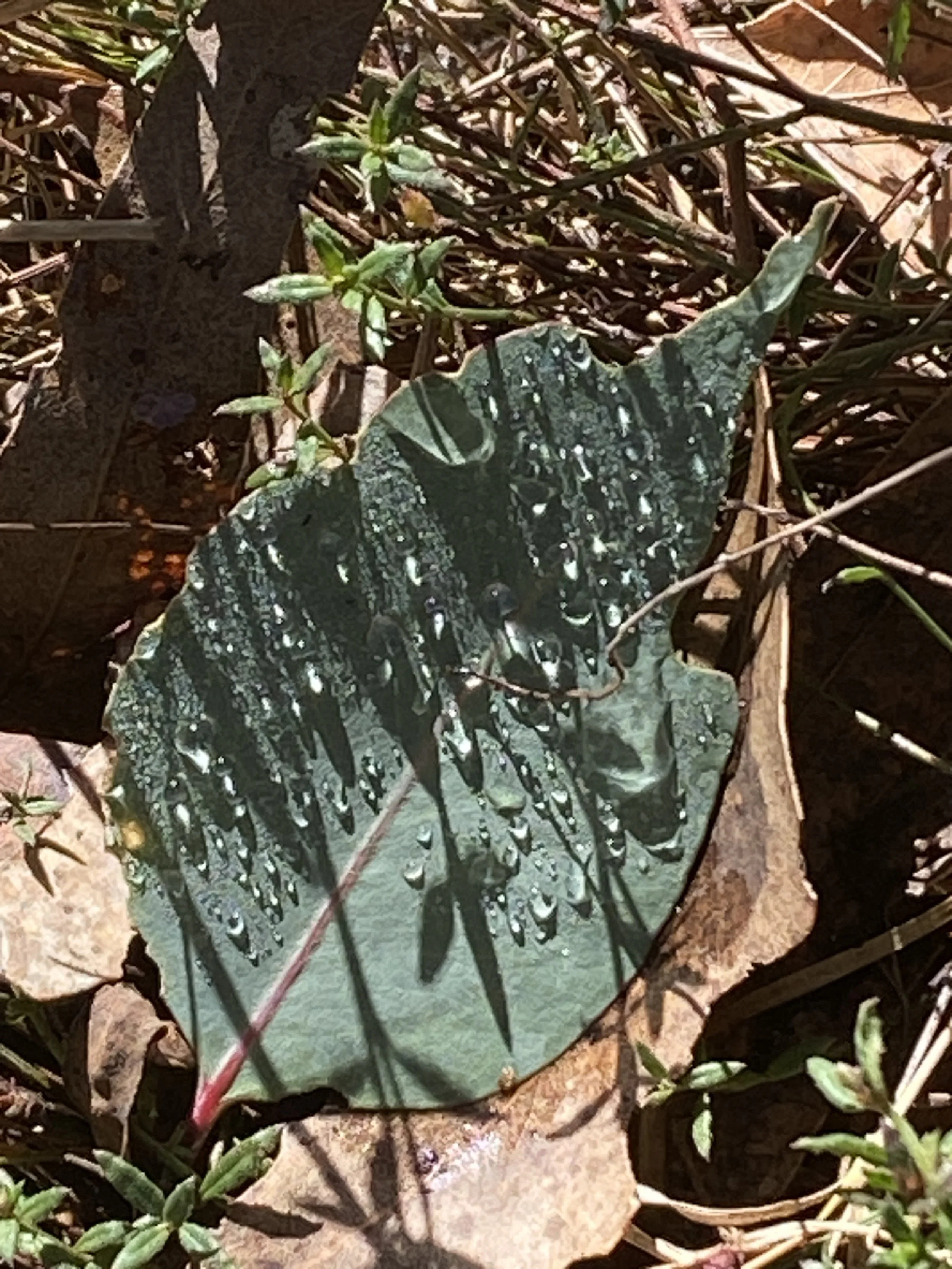
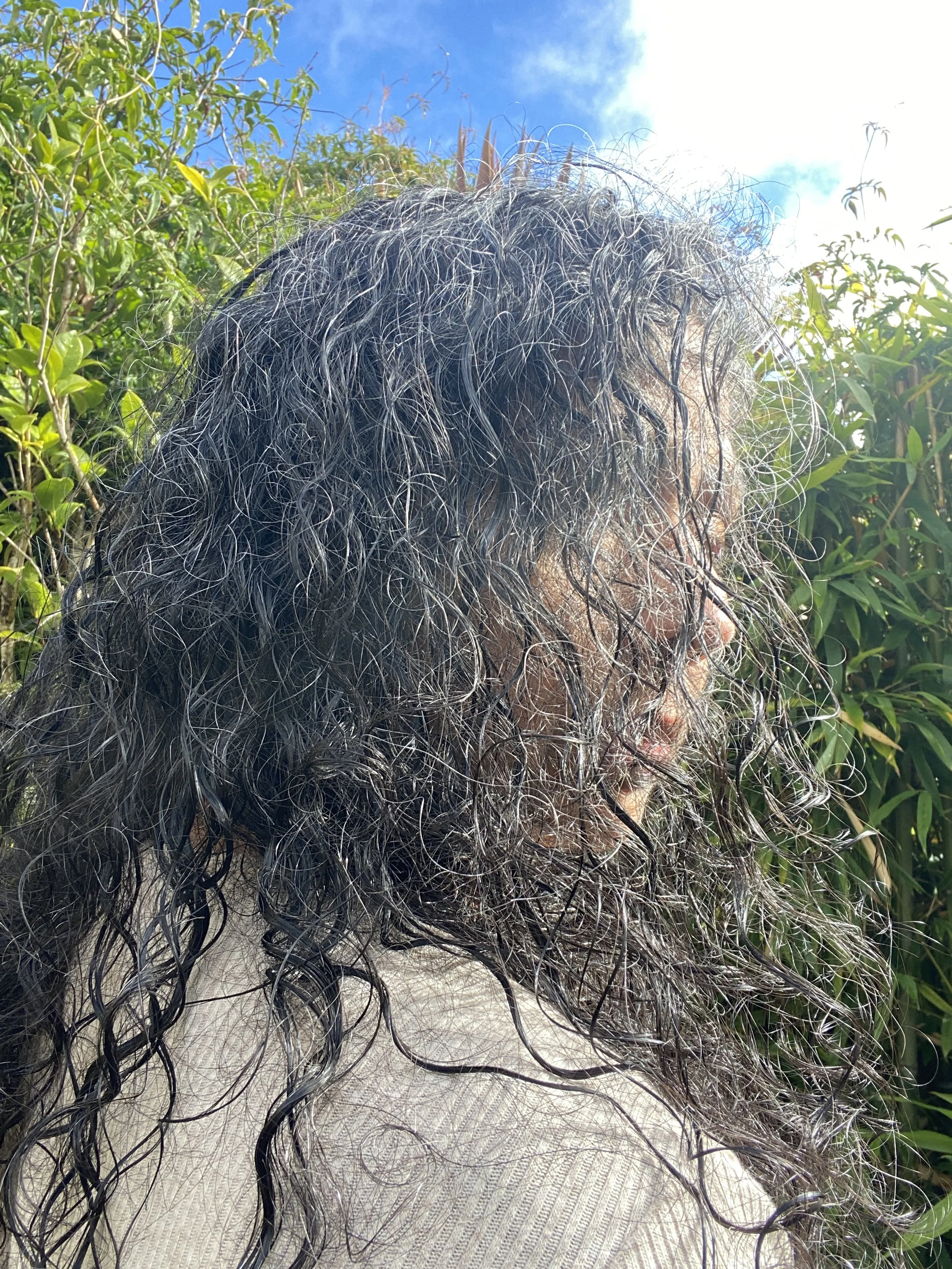
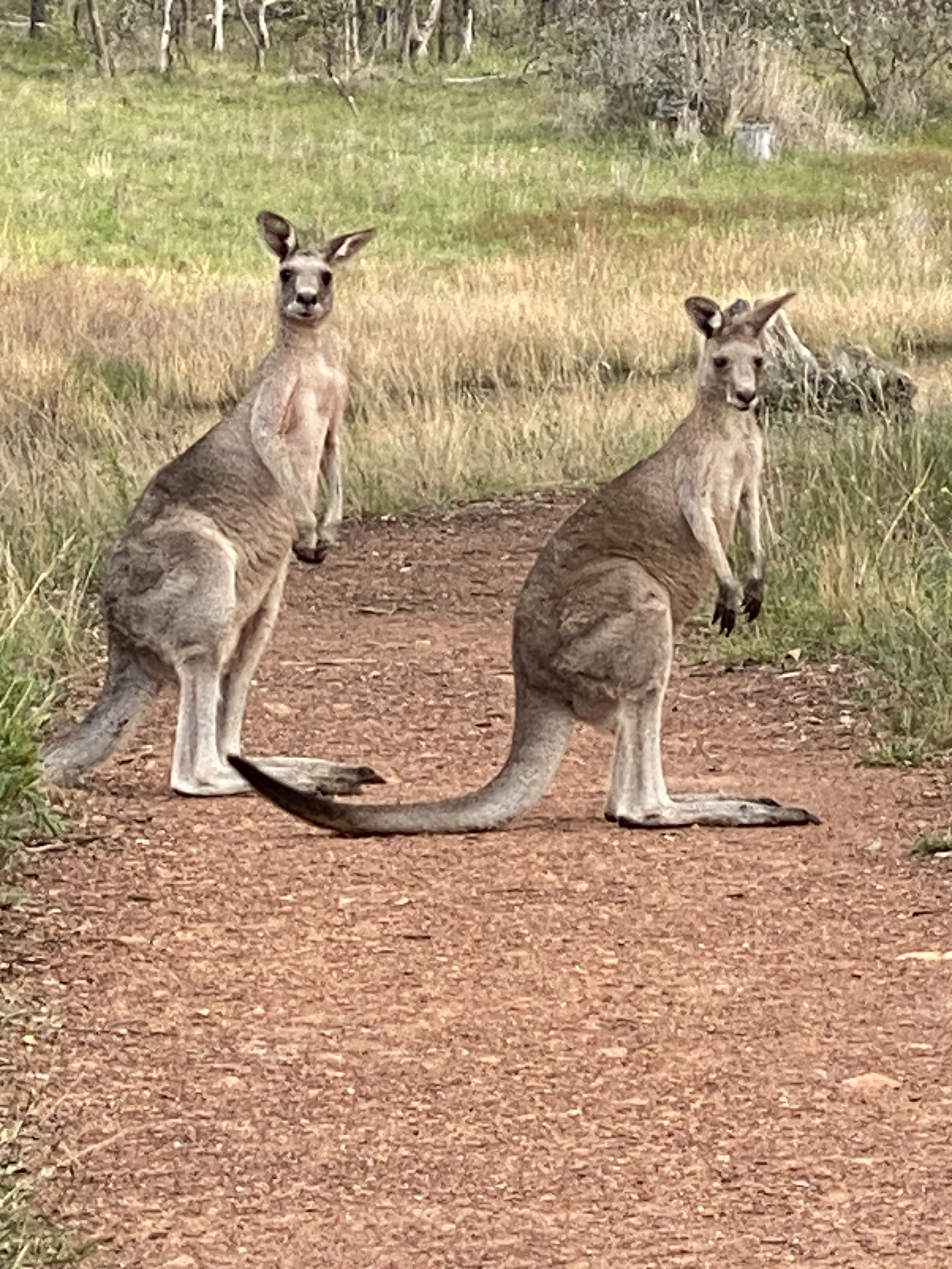

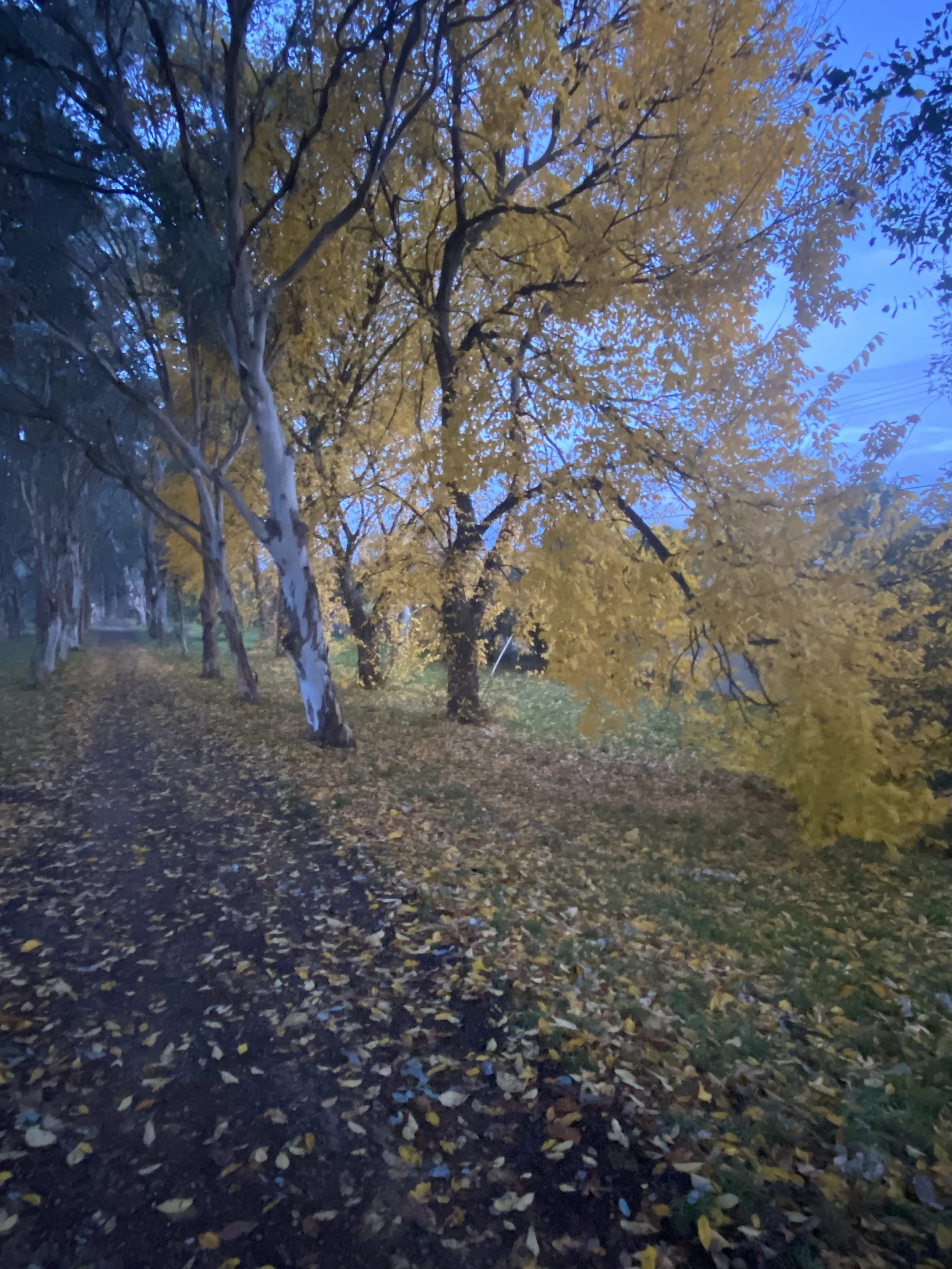
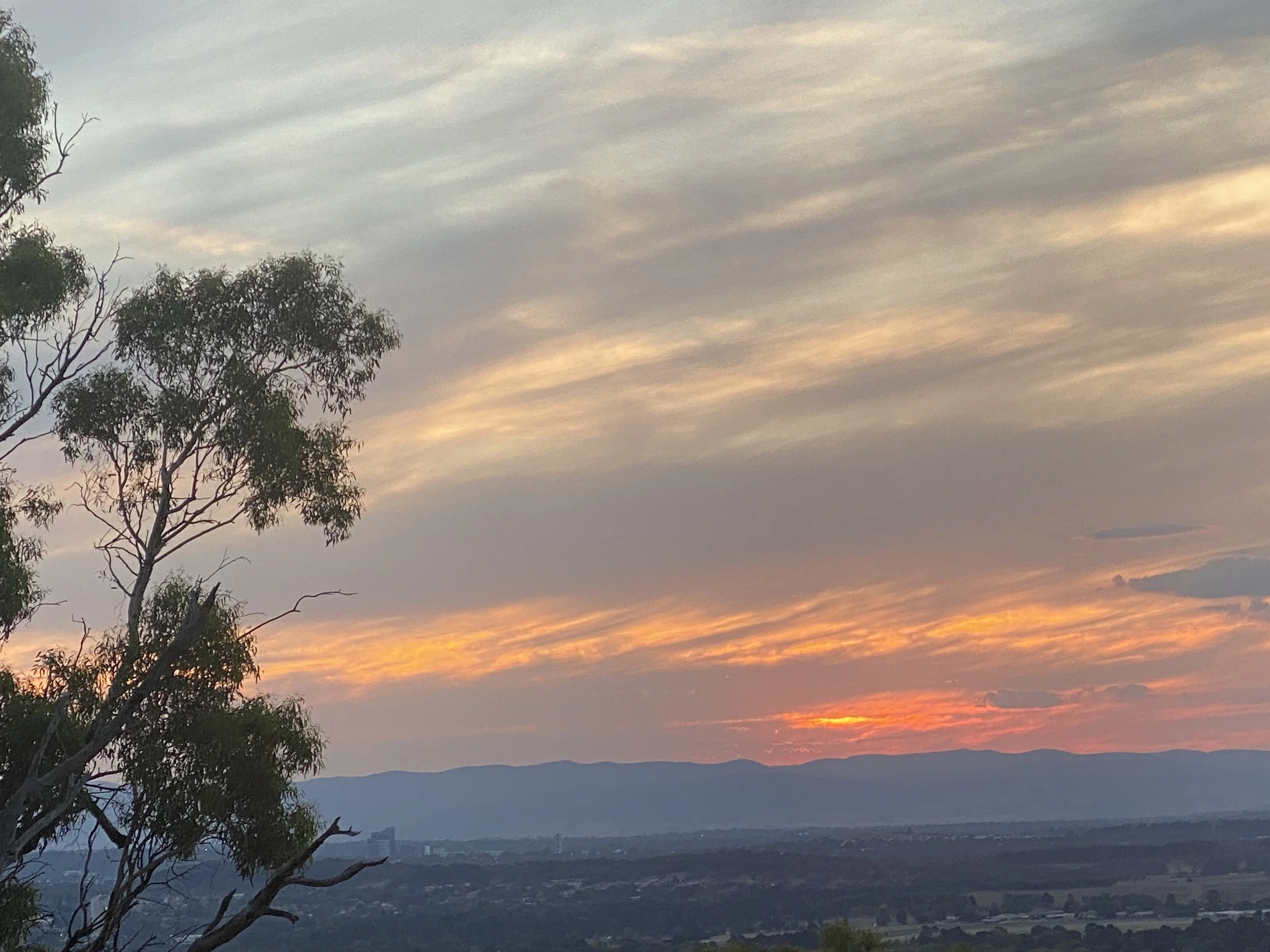

![Moksha [Release]](https://images.squarespace-cdn.com/content/v1/5b7b8c44e7494002028d8939/1712546755485-R36XIN082Z542FKJBIYI/_DSC5688.JPG)
